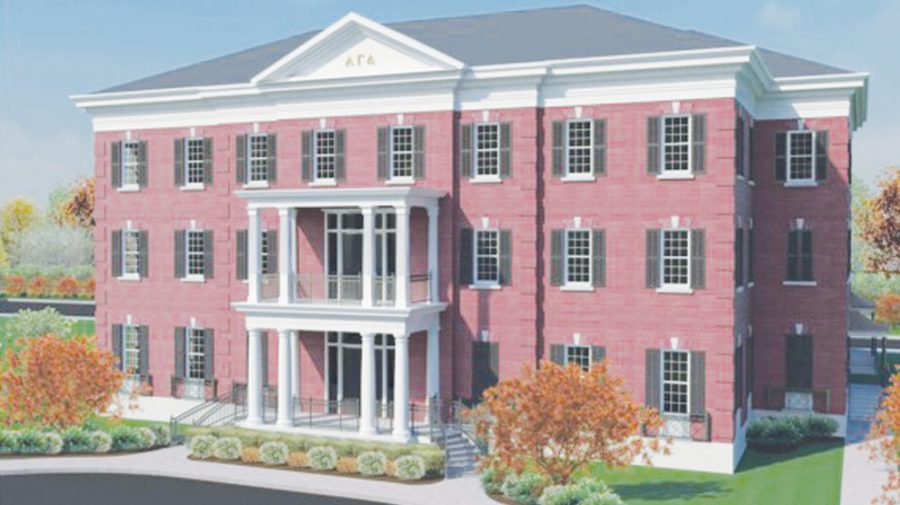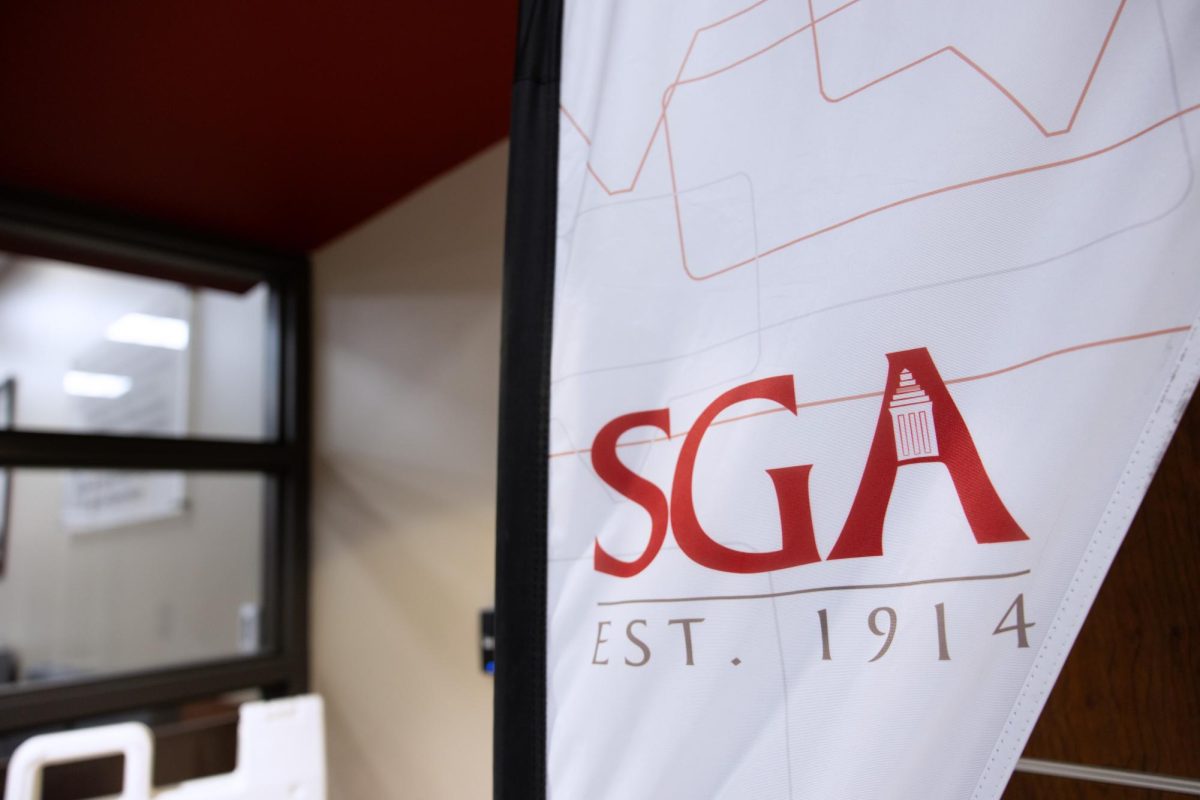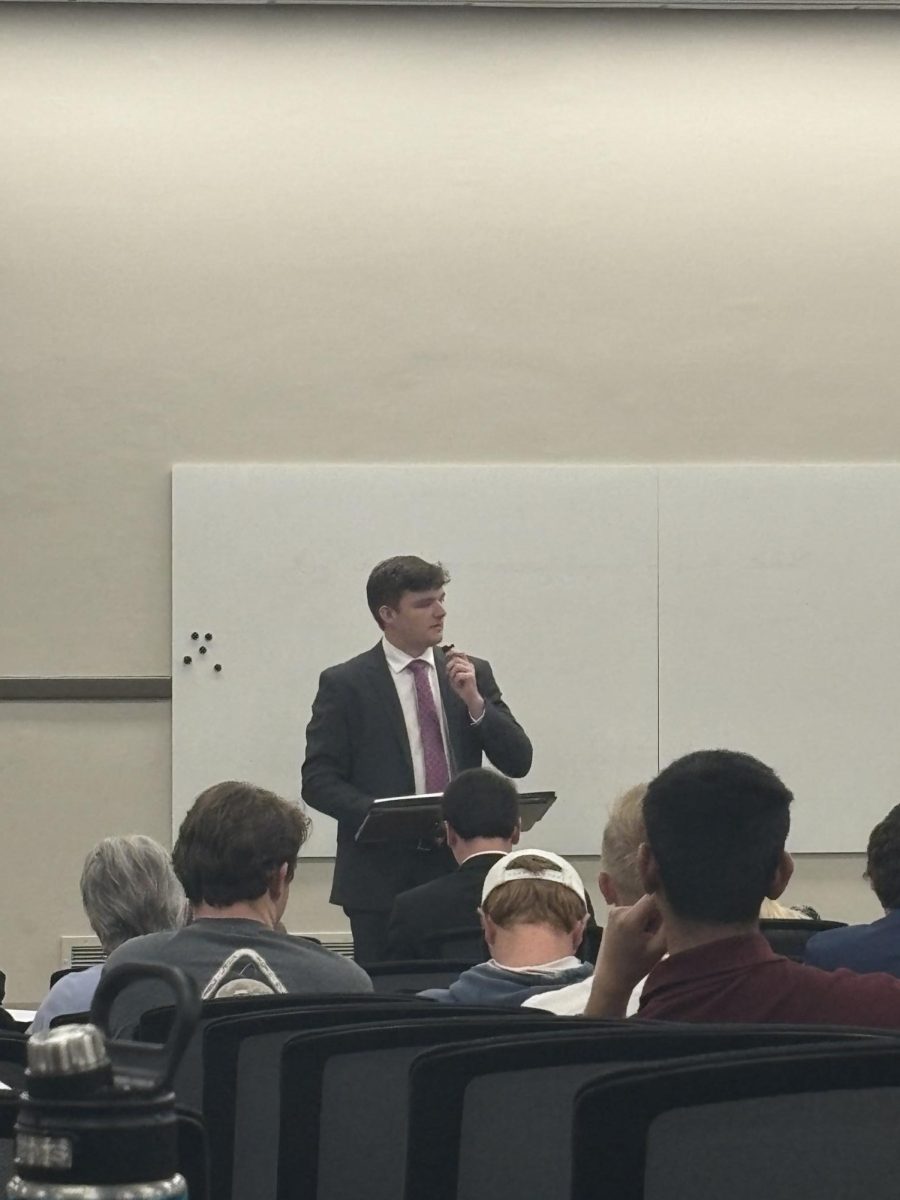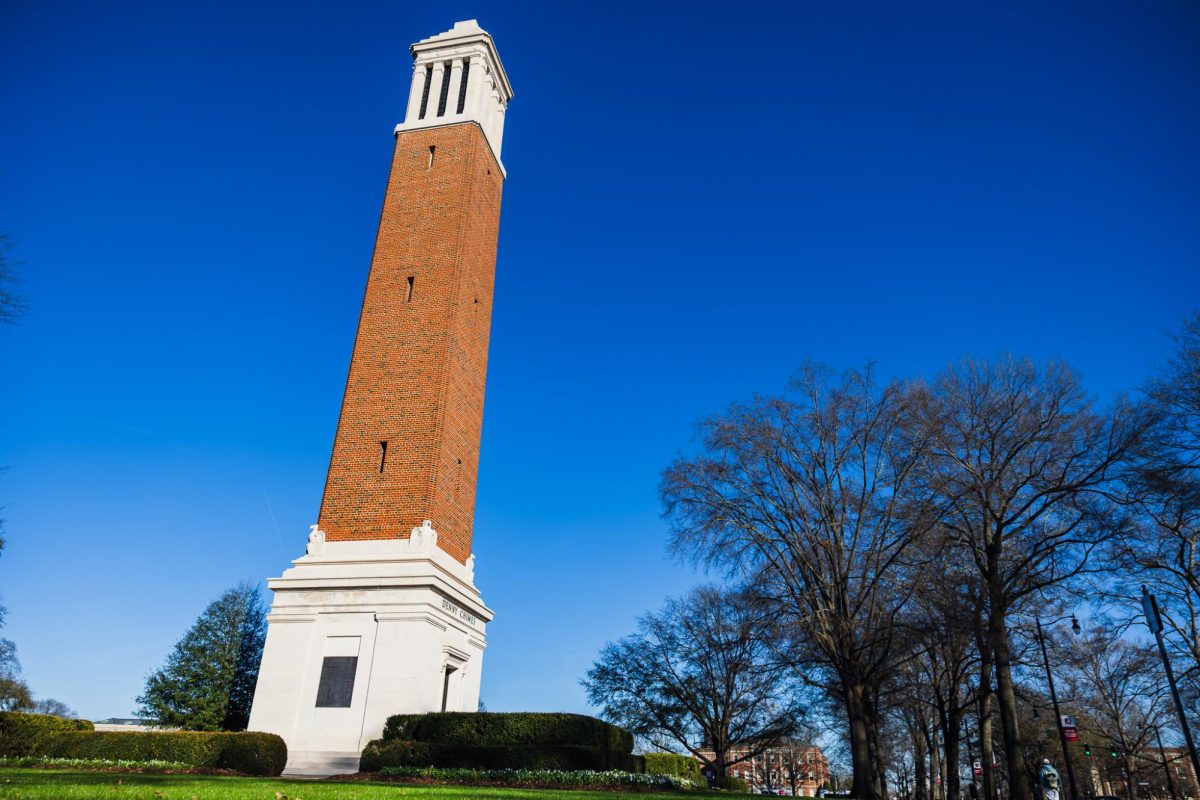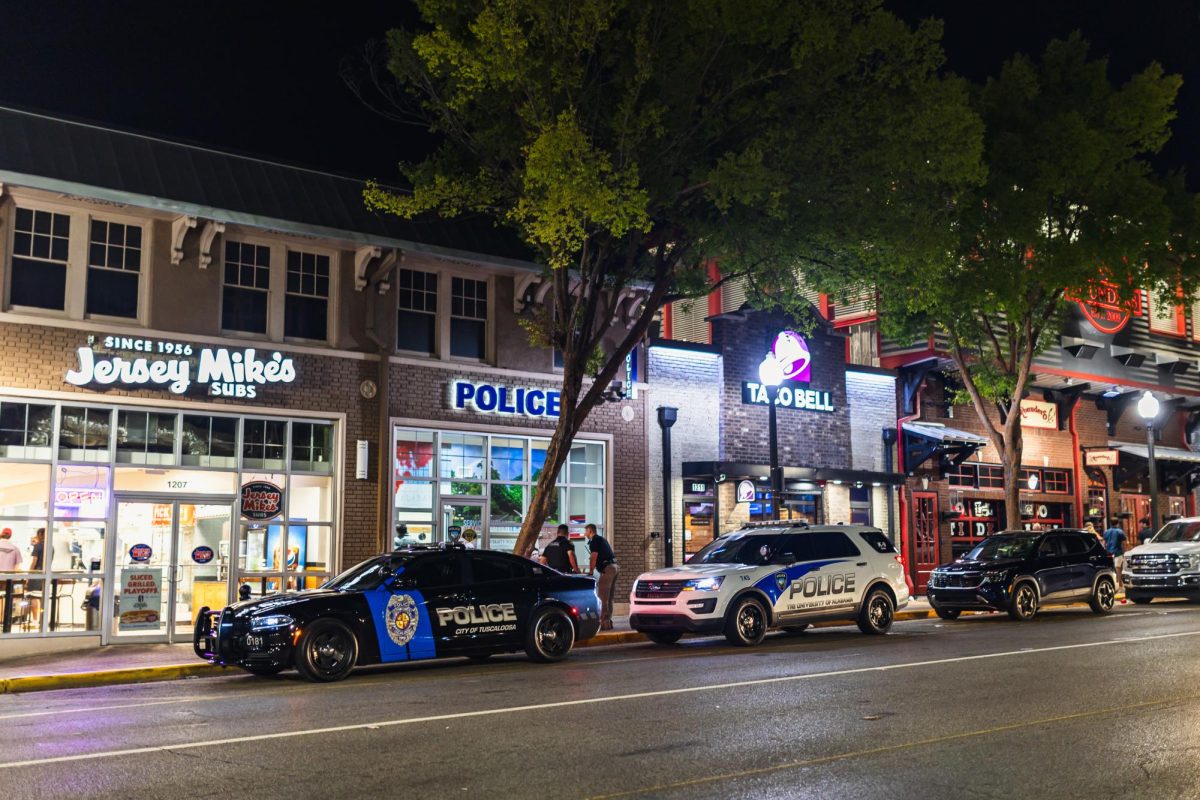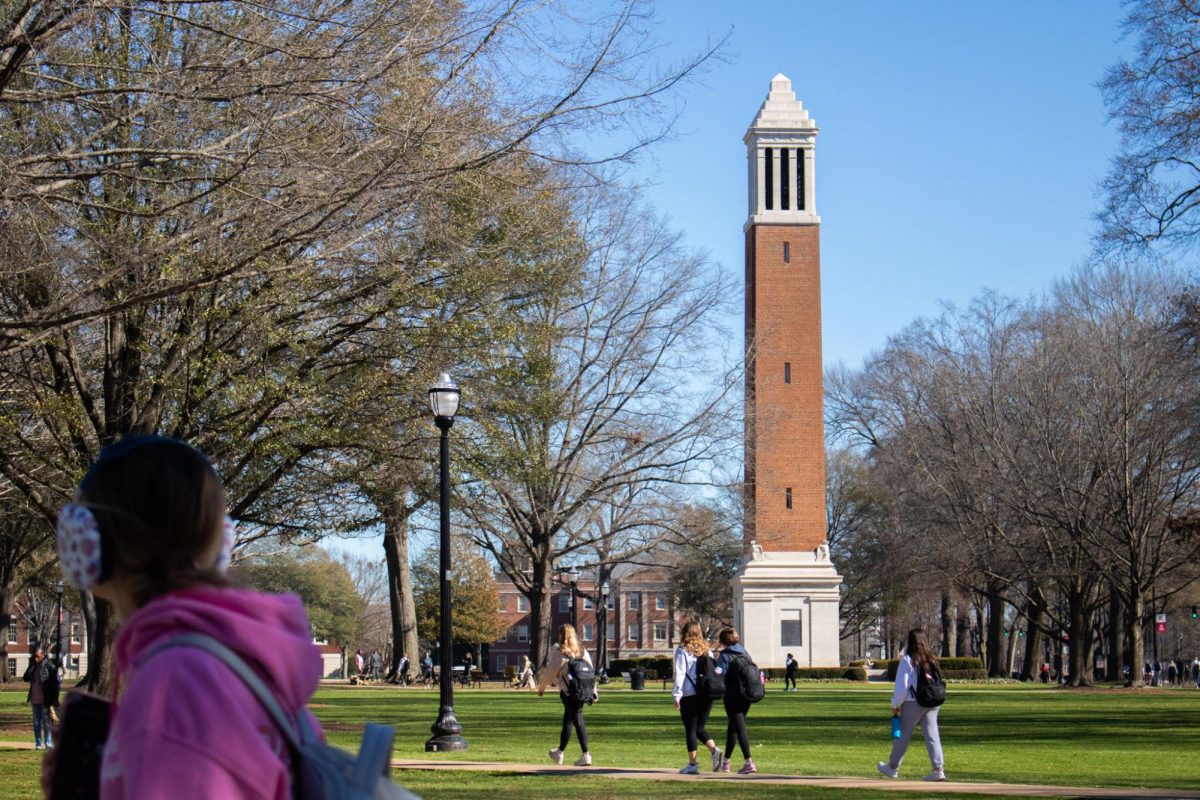BIRMINGHAM – The University of Alabama System expects 10 percent cut in state funding for the upcoming year as a result of federal stimulus money running out, stated in the Board of Trustees meeting.
“It’s a pretty significant loss.” Ray Hayes, UA System vice chancellor for financial affairs, said in the trustees meeting Friday.
University of Alabama System Chancellor Malcom Portera said the system has been able to make up for the loss in state revenue with growing enrollment and rising tuition. He added that administrators have not yet discussed if a tuition increase would be the proper solution.
Hayes displayed an interactive graphic from the Chronicle of Higher Education demonstrating the change in higher education funding between 2008 and 2010. The graphic showed the state of Alabama has cut 26.1 percent of its higher education funding; Massachusetts is the only state that has slashed funding by a larger percentage. North Dakota placed least with -3.4 percent of funds cut from its higher education program.
As well as budget cuts, the UA System board of trustees approved resolutions to enable four sororities to relocate to the proposed Magnolia Development behind the President’s Mansion.
Alpha Gamma Delta, Alpha Delta Pi, Delta Delta Delta and Delta Gamma will have each of their lots situated along Magnolia Drive, which will require the demolition of Wilson, Byrd, Parker-Adams and New Hall, according to the Office of Greek Affairs website.
A graphic that rendered the Alpha Gamma Delta house upon completion depicted a building that rivals the height of the President’s Mansion as seen from University Blvd., which incited trustees to question whether the sorority house would diminish the grandeur of the President’s Mansion.
Trustee James Wilson III said the construction of the sorority houses would lead to the clearing of trees behind the President’s Mansion, which could impair the singular focus given to the mansion from the perspective of University Blvd.
“Whenever you do any kind of construction, you’re going to lose some trees,” he said. “If the president is fine with it, I’m fine with it, but it’s a legitimate point.”
University President Robert Witt said he finds the Magnolia Development agreeable and that the University will work with the facilities department to restore the greenery behind the mansion.
“We’ve made a note to talk with our facilities department,” Witt said. “We will provide for landscaping that will restore for the attractiveness component that will be lost.”
Mike Lanier, vice president of Hoar Program Management who witnessed the meeting, said the board holds a concern for aesthetic appeal.
“[The board] wants to make sure that any new project fits in with the character and image of the University,” he said.
The board also approved resolutions related to the construction of the Phi Delta Theta house and Sigma Chi house to be located adjacent to the Pi Kappa Alpha house. Each house will cost $6,260,625 to construct.
The board also approved a resolution to continue with construction of an addition to the Science and Engineering Complex opposite Shelby Hall for a cost of $70 million. Students and the public will be able to see engineering activities in progress with the addition of a concourse perched above laboratory spaces.
“A key component of the design is to build interest in engineering by putting ‘engineering on display’ in a manner that will allow the activities in the laboratories to be easily observed by the students and public from a central concourse overlooking the main laboratory spaces,” according to the project summary of the building.
In addition, the board approved a resolution to continue construction of the seven-story North Bluff Residential Community that will overlook the Black Warrior River, provide 971 new residential beds and cost about $57 million , a reduction from the initial budget of about $66 million.
337 additional surface-parking spaces will come along with the building’s construction, according to the project summary of North Bluff.
The board also approved a resolution for the construction of an indoor tennis complex with six regulation NCAA hard courts to be housed south of the outdoor tennis complex existing on campus. The projected cost of the complex is $6 million.



